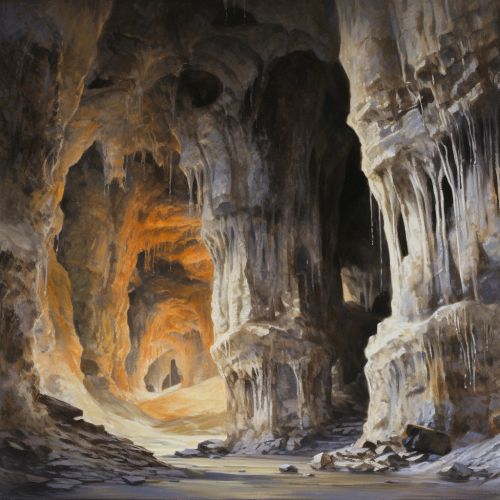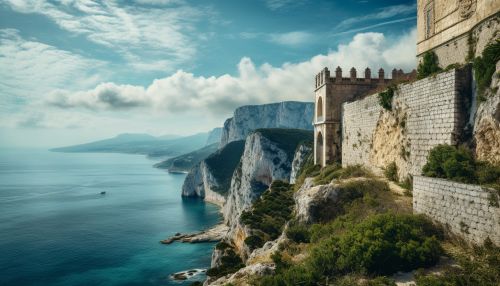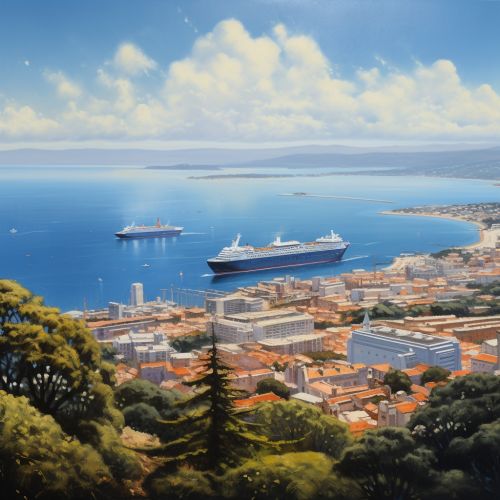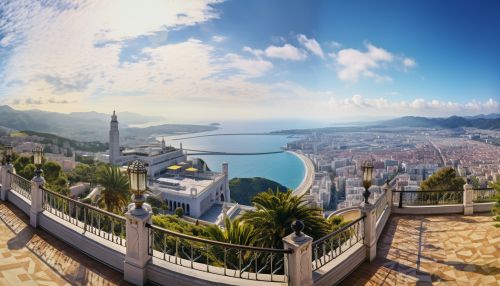Rock of Gibraltar
Geography
The Rock of Gibraltar, also known as the Pillar of Hercules, is a monolithic limestone promontory located in the British overseas territory of Gibraltar. It is situated in the southern part of the Iberian Peninsula, at the entrance of the Mediterranean Sea. The Rock of Gibraltar is a significant landmark, not only due to its unique geological structure but also because of its strategic location.


Geology
The Rock of Gibraltar is primarily composed of Jurassic limestone, and it is home to many caves, the most famous of which is St. Michael's Cave. This limestone is approximately 200 million years old, and its formation is associated with the movement of the African tectonic plate colliding with the Eurasian plate. The Rock's unique geological structure has led to the formation of over 100 caves, which have been carved out by the action of rainwater over thousands of years.


History
The Rock of Gibraltar has a rich history, dating back to prehistoric times. It was known to the ancient Romans as Mons Calpe, one of the mythical Pillars of Hercules. It has been a strategically important site throughout history, being occupied and fortified by a succession of powers, including the Moors, the Spanish, and the British. The Rock's military significance is due to its position overlooking the only entrance to the Mediterranean Sea from the Atlantic Ocean.


Flora and Fauna
The Rock of Gibraltar is known for its unique biodiversity. It is home to over 600 species of flowering plants, many of which are native to the region. The Rock is also home to the famous Barbary macaques, the only wild monkey population in Europe. These macaques are a major tourist attraction and have become an emblem of Gibraltar.


Modern Gibraltar
Today, the Rock of Gibraltar is a popular tourist destination, attracting visitors with its rich history, unique geology, and diverse flora and fauna. The Rock is also a symbol of British sovereignty, and it plays a significant role in the local economy, particularly in tourism and shipping. The upper part of the Rock is a nature reserve, where visitors can explore its unique ecosystem and enjoy panoramic views of the surrounding areas.


